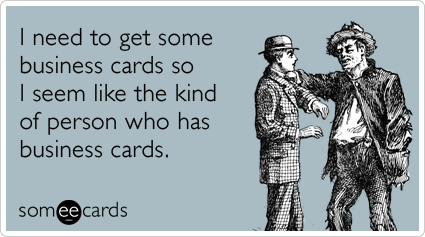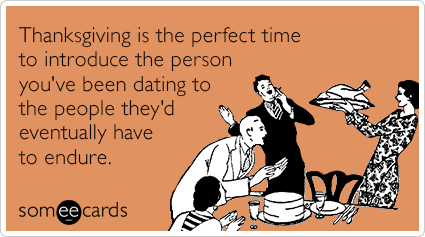It’s that time of year again! The time when most of us look forward to haphazardly rewording all of this year’s accomplishments to fulfill our obligation to perform our annual reviews. It’s always a bit of a race (for me at least) and generally something we all resolve to do a better job of throughout the year (and, subsequently fail to deliver on by the time February rolls around). But what if it didn’t have to be this way?
A very good friend of mine works at a startup. They don’t have a formal performance appraisal process. No year-end reviews, calibrations, roundtables, or personnel profile edits to make. No application to update with highlights and no dashboard with their personal Key Performance Indicator results. I don’t even think they have KPI’s; they have “Total Sales”. On one hand, they have made a conscious effort as a company not to bog their employees down with these sorts of reviews and deemed it as something they manage on a recurring basis throughout the year (i.e. rewarding success and reprimanding failure). On the other hand, the employees don’t have much to look back on in terms of a “year in review” unless they complete it in silo.
I, conversely, work at a massive company with over 100,000 global employees. We have applications and processes to manage our annual performance reviews. We have a timeline of year end review activities to complete with our mentors and our management, and a multi-layered evaluation form we are called to complete which aims to provide a holistic view of our accomplishments and progress across the full spectrum of defined functional areas our company has designated as relevant for assessment purposes. We have KPI targets; our scores are tracked against the goals. Each year, I PDF my annual review and archive it so I can more easily update my resume so I am not losing sight of everything I have accomplished. But, truth be told, the process is largely extremely painful and the last thing I look forward to doing heading into the holidays (let alone the fact that I am responsible for presenting my counselees reviews in roundtables as well – an added layer of accountability and yet another speedbump in the race to the New Year).
So – which company is doing it right? What if I told you it was neither?
I honestly think it’s time to completely scrap the traditional performance appraisal process. And, time to get anyone who isn’t managing performance more proactively on board with a new school of performance management thought. I firmly believe performance management is something that should be done on a rolling cycle. Don’t wait til the end of the year – reward people for positive performance WHEN IT HAPPENS. Also – take the opportunity to coach and learn from mistakes in real time (again, not waiting to align it with a formal review cycles).
I have helped develop performance management systems for clients in the past, and the one thing I have found to be “stickiest” is giving an employee ability to see their metrics in real time. Coupling that with a holistic set of accurate and meaningful KPI’s that are within an employee’s control is the perfect potion to drive the needle in key functional and technical business measures. I think often times, though, senior leadership focuses on the wrong metrics to drive results, and they are largely unable to clearly identify for employees how their individual contributions bubble up to drive top-line corporate initiatives (if they even relate at all in the first place).
I wish I had the right answers in terms of which metrics work in which industries at which sizes of companies. I don’t have that though. But there is one thing I know for sure – if members of the senior leadership teams are not all on board and don’t believe in performance management as a tool to make employees feel more valued and drive results, it’s a waste of time. Strict performance management protocols, when they become a chore rather than an activity everyone enjoys doing (i.e. ongoing rewards and recognition programs, spot bonuses, appropriate celebrations of successes), they will garner much resentment from the front-line and never ultimately yield the originally intended result.
Til Next Time,
Michael


